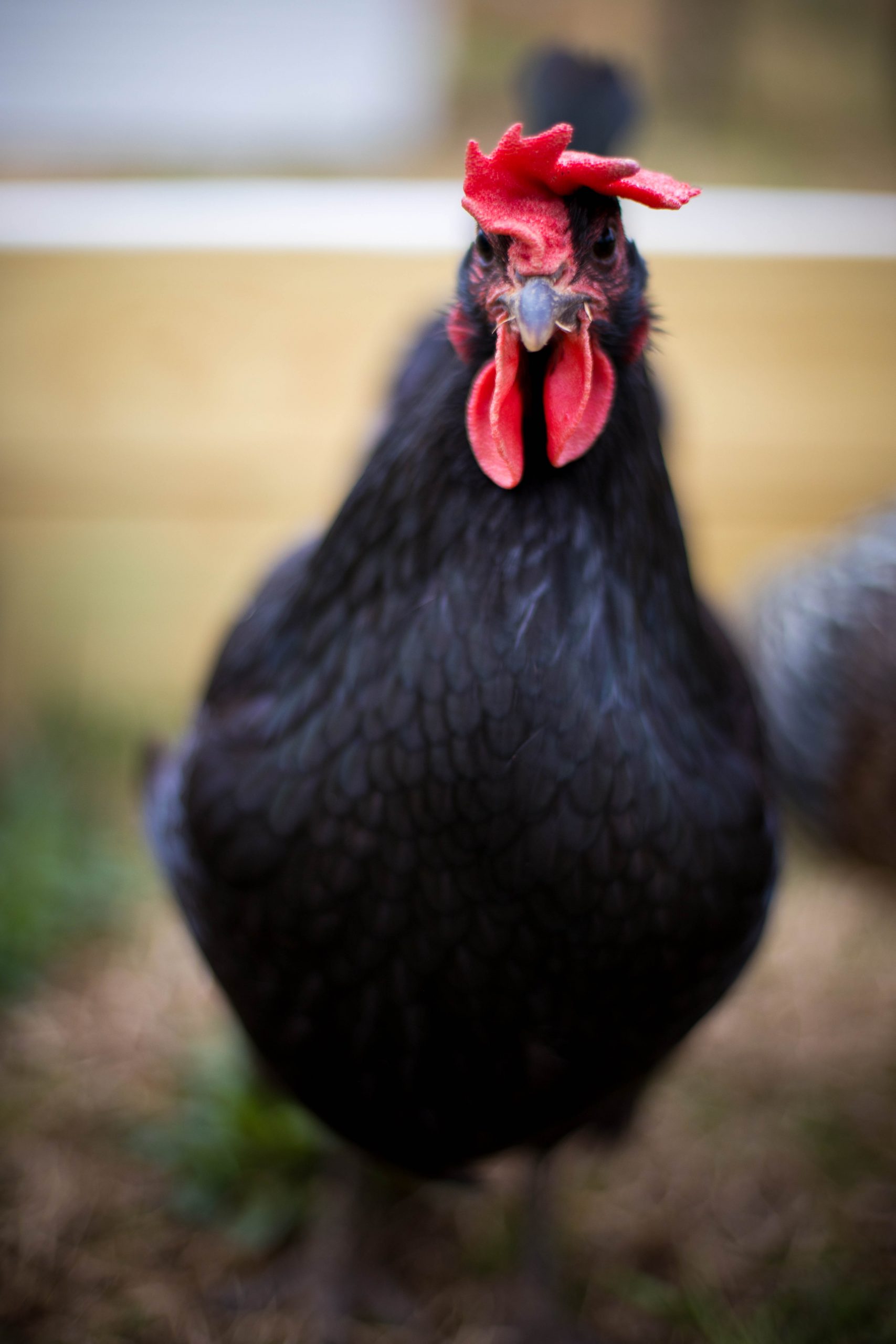One of the most common questions a new chicken owner asks is, “what is the right bedding for my coop?”
Although a common question, the answer might surprise you, even if you are an experienced chicken owner
Not much scientific research has been devoted to the right bedding for backyard flock owners. Most research has been poured into industrial sized chicken broiler farms. At these farms, heavy bodied Cornish Cross meat chickens eat, poop, and sleep all in the same place-on the ground. Since they sleep on the ground, the material they lay in is technically called bedding. These chickens are slaughtered at about 2 months of age, so long term health studies are inconclusive.

Your backyard chickens, however, do not sleep on the ground. The ideal setup for them is an enclosed coop with roosts for them to sleep off the ground. They will still spend time walking around on the floor, but will not be sleeping where they defecate. Therefore, the material used in your coop should be referred to as litter, instead of bedding. (all technicalities, but call it what you like!).
At the end of the day, you need a litter or bedding that will remain dry the longest to slow the growth of bacteria, while still being healthy for the chickens to live in.
There are two types of bedding that are ideal for your coop floor. (A coop refers to the walled off, interior space the chickens go to roost, not the open air fence of a run.)
The first is the best and most hygienic type of litter: medium grain sand!
Medium grain sand reigns supreme in cleanliness and dryness when compared with all other litter/bedding options.
Medium grain sand is coarse, almost like small bits of pebble and rock.
(It is very important to note here that fine, playground sand is NOT a safe choice for your chickens. It has a fine, silicate dust that can be harmful to your chickens and your family. Fine sand can also cause crop impaction if your birds eat it).
Medium Grain Sand Pros:
- Stays dry the longest.
- Bacteria cannot thrive in it, cutting down on harmful ammonia.
- Cleans chickens’ feet. When walking through it, the medium grain sand helps wick off feces. When the hens hop up into the nest boxes, they have less bacteria on their feet, meaning less bacteria gets onto the eggs.
- Provides grit. If you have the right type, it can be safely consumed by the chickens and dual purpose as grit.
- Offers safe dusting bathing material.
- Easy to clean. Simply scoop out the poop that gets clumped in the sand regularly. There is less waste, as the remaining sand can be used again and again.
- Good fly repellent and not conducive to larvae growth.
- Low mold count
- Inorganic, slowing spread of dangerous organisms.
Medium Grain Sand Cons:
- Inorganic, slowing spread of GOOD organisms.
- Cannot be reused as compost material on your garden.
- Must be dry when adding to the coop
- Difficult to find. This is perhaps the biggest thing keeping people from using it! Medium grain sand can often only be found at your local quarry. It is important to go and see the grain size for yourself so you do not end up with fine sand. Then the task of figuring out how to get it home begins. Most quarries can deliver for a fee.
While medium grain sand may be the best litter for your coop, it is not without its’ challenges. The next best option is: pine shavings.
Pine Shavings Pros:
- Easy to find. Offered at just about any feed store.
- Economically priced.
- Absorbent
- Drier than hay or straw, but less dry than sand.
- Can be used to create compost.
Pine Shaving Cons:
- Dusty. When stirred up, the pine shavings release tiny particles of wood. These particles contain abietic acid , which is dangerous when inhaled. Sawmill workers who inhaled abietic acid over time have been found to develop cancer.
- Grows mold.
- Organic, so breaks down and holds bacteria and moisture.
The key to good litter or bedding for your coop is cleanliness.
Regardless of the bedding you chose, it is important to clean your coop often, keep it dry, and allow for some ventilation.
Sprinkling a little diatomaceous earth (cover your airways when doing this, and make sure chickens are out of coop) on top of the litter you chose, will provide a natural insect repellent and bacteria repellent.
One last important tip to add, is hay/straw does NOT make good bedding. Living on a little farm myself, we always have some chopped hay laying around. In the past, I have used this hay on the floor of my coop. It all seemed fine, until about 3 days later. Feces clumps quickly in hay, matting it down into one huge, nasty mass. It gets wet, heavy, and a real pain to clean. Hay grows mold quickly and bacteria very soon start emitting high levels of ammonia. Flies also LOVE laying their eggs in wet hay. It is my recommendation, that no matter how tempting, avoid using hay as bedding/litter.
Cedar shavings are extra high in abietic acid and plicatic acid and should never be used in coops; they are highly toxic!